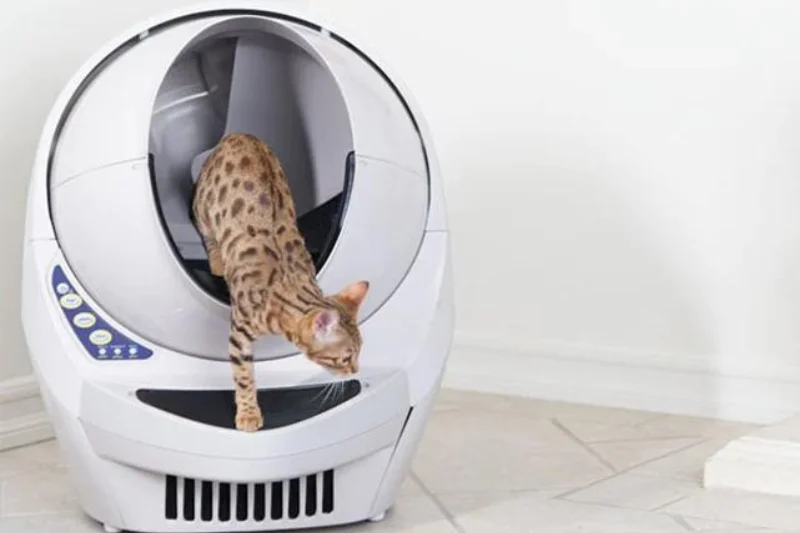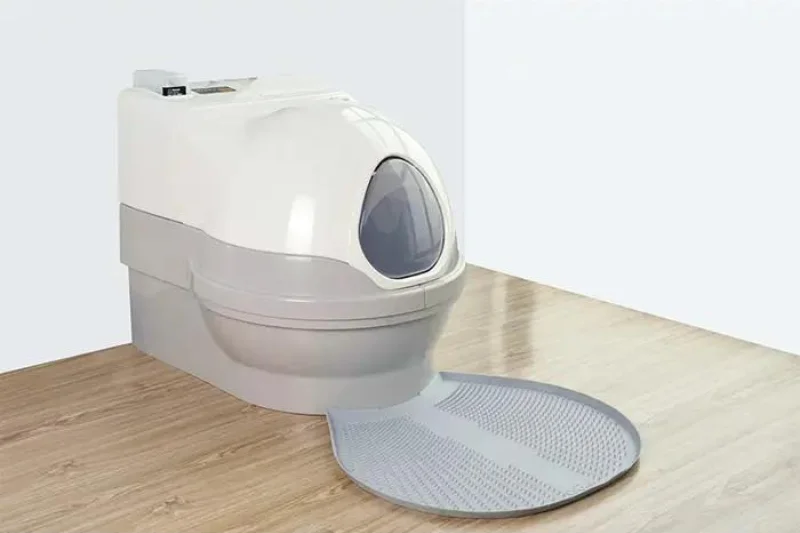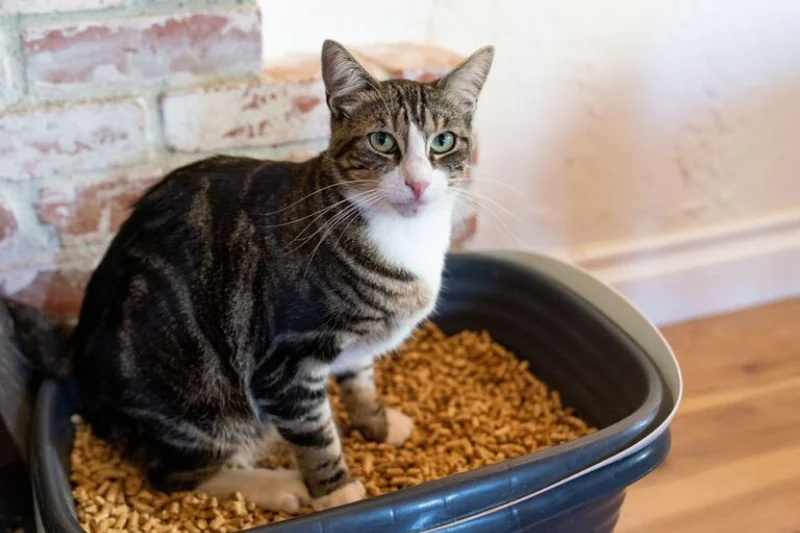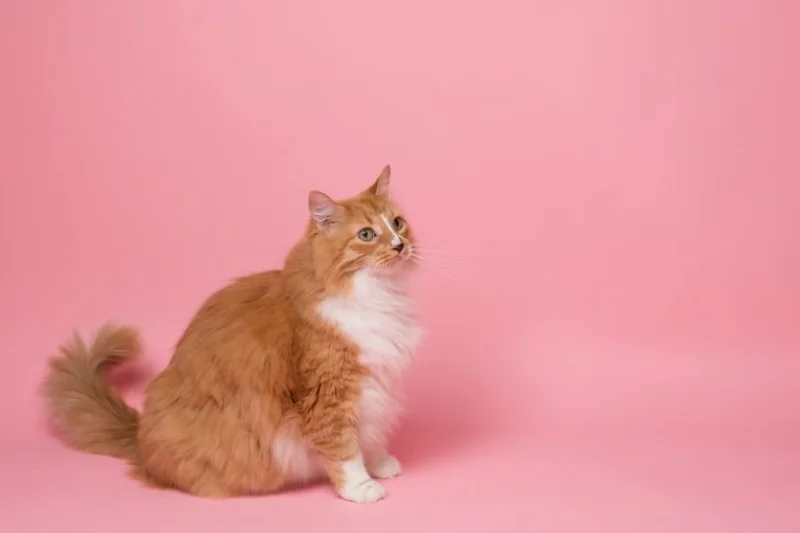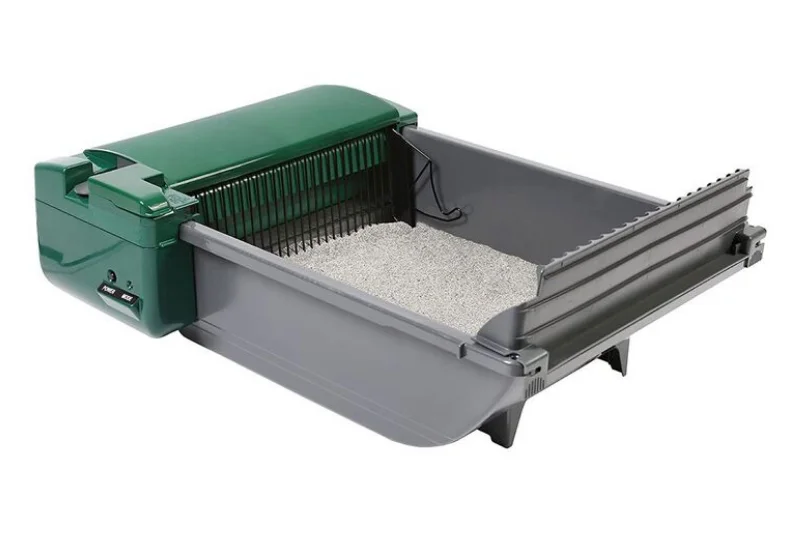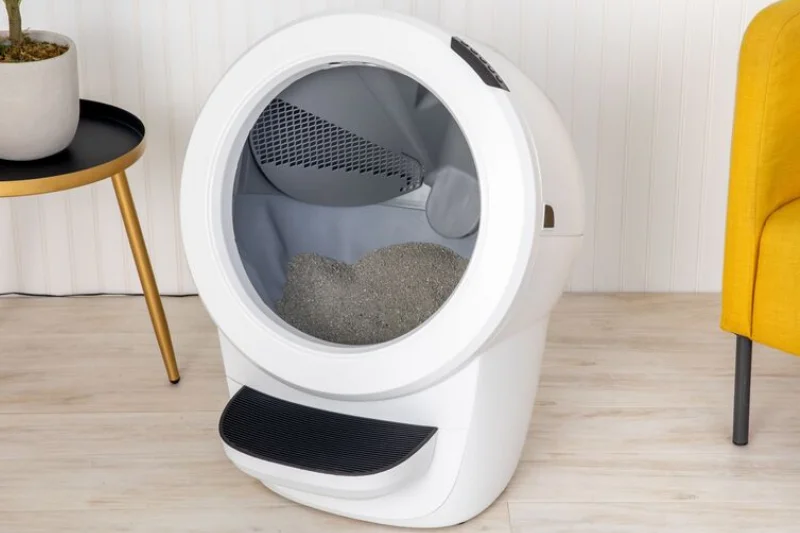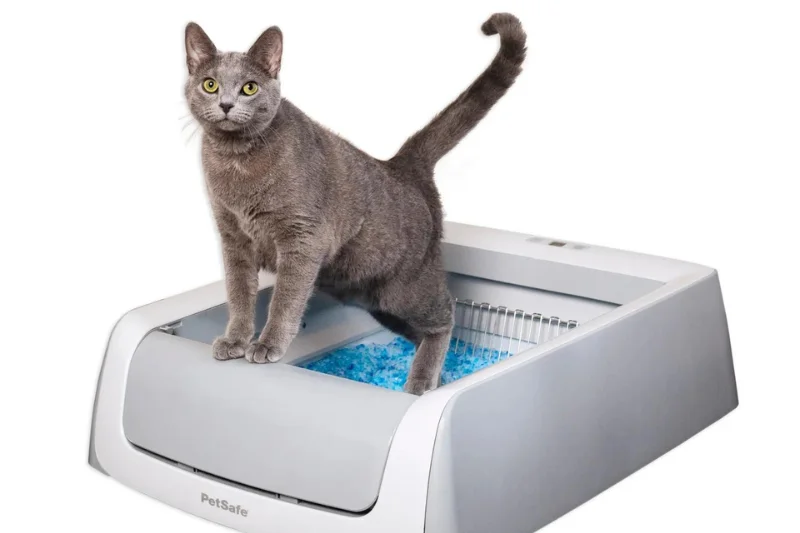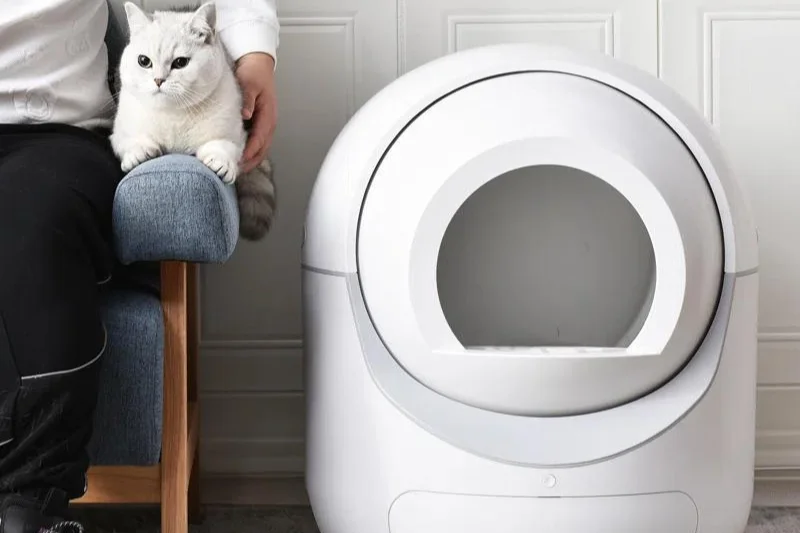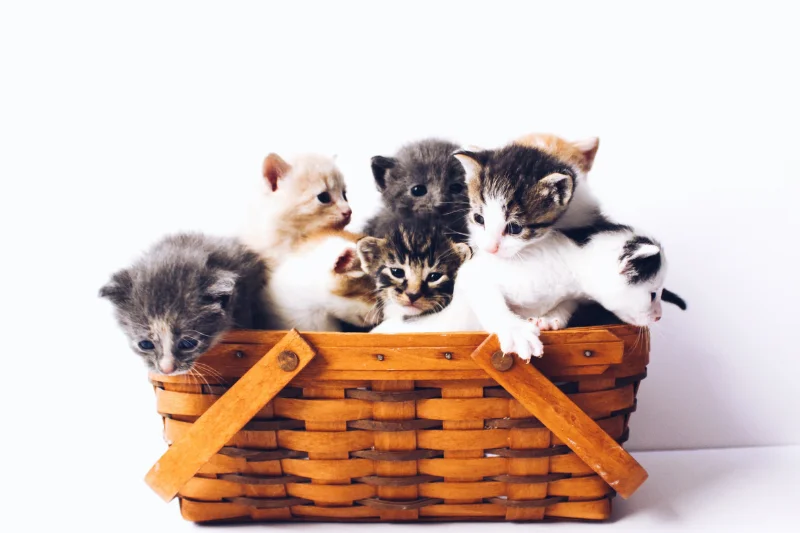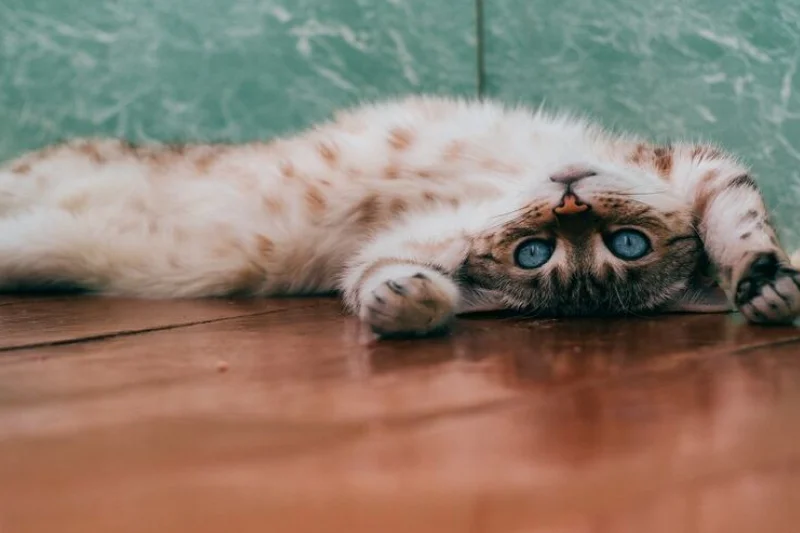Self Cleaning Litter Boxes
Self Cleaning Litter Boxes
Automatic self cleaning litter trays are the thing of the future. We have compiled information to help you make a rounded decision to see which one is perfect for you and your feline friend. Browse and find out more about automatic cat litter trays and find the right brand and product for you and your cat.
Have a question or want to suggest a product?
Compare Self Cleaning Litter Boxes
Advertiser Discolure Advertiser DiscolureThe Cat Evolution Litter-Robot 4 revolutionizes cat care - no more scooping, effective odor control, and a constantly fresh litter bed. Its quiet cleaning cycle and app-enabled real-time monitoring enhance the user experience.
Australia Wide
from/$1575
CatGenie, the world's first self-cleaning litter box, eliminates the hassle of scooping. It uses eco-friendly granules washed and dried for freshness. A motion sensor triggers automatic cleaning, disinfecting, and blow-drying, providing a consistently clean box.
Australia Wide
from/$499

